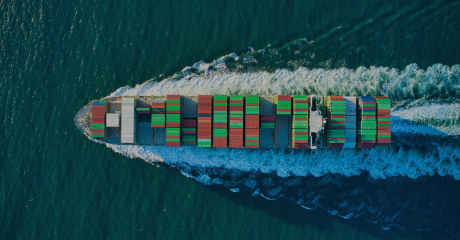What is third-party risk management?
Third-Party Risk Management (TPRM) is the process of analyzing and minimizing risks associated with outsourcing to third-party vendors or service providers. Working with a third party can introduce risk to your business in a world with increasingly interconnected companies, vendors, suppliers, and logistics partners.
TPRM has transformed from being an annual checklist exercise to a critical daily function. TPRM enables organizations to monitor and assess the risk posed by third parties to identify where it exceeds the threshold set by the business. This allows organizations to make risk-informed decisions and reduce the risk posed by vendors to an acceptable level.
>> Certa partners with Sayari to power more transparent third-party monitoring <<
Why is third-party risk management important?
Third parties are an important key to the success of a business. Organizations of all sizes are becoming more and more reliant on third parties for their innovation, growth, and digital transformation. This means that third-party risk management is important because the use of third parties, whether directly and indirectly, can impact your business objectives and introduce risk.
Third-parties aren’t typically under your control nor do you have complete transparency into their security controls. Some vendors have robust security standards and good risk management practices while others leave much to be desired. There are many potential risks that organizations face when working with vendors. Common types of third party risks include:
- Cybersecurity risk: The risk of exposure or loss resulting from a cyberattack, security breach, or other security incidents.
- Legal, regulatory, and compliance risk: The risk of a third-party impacting your compliance with local legislation, regulation, or agreements. This is particularly important for financial services, healthcare, and government organizations and their business partners. One example of this could be forced labor risk, if any one of your suppliers uses forced labor or has ties to businesses that do.
- Reputational risk: The risk of negative public opinion due to a third-party. One of the most damaging examples of this is a third-party data breach resulting from poor data security.
- Financial risk: The risk that a third-party will have a detrimental impact on the financial success of your organization. For example, your organization may not be able to sell a new product due to poor supply chain management.
>> Learn how to enhance your forced labor risk assessments <<
How can I run efficient third-party risk management investigations?
The stakes for third-party risk management have never been higher. For example, mitigating corporate risk in the midst of a forced labor ban by Customs and Border Protection (CBP) and one of the most extensive sanctions regimes in U.S. history, require corporate enterprises to have comprehensive insight into international trade networks.
Sayari’s commercial risk intelligence allows investigative teams to thoroughly and efficiently perform due diligence on suppliers, vendors, distributors, customers, and other third parties. Precomputed risk indicators and a suite of graph analytics tools empower compliance teams to quickly and confidently conduct due diligence on global third parties.
- Get “single-click” beneficial ownership mapping and distance calculations between your targets and watchlisted entities
- Mitigate reputational risk with comprehensive adverse media from across 120 jurisdictions
- Tailor searches to your exact requirements with filters based on risk type, jurisdiction, and distance-to-risk
Want to try out Sayari Graph first hand to support your brand enforcement efforts? Book a personalized demo to access the data you’ll need to protect your brand from risk.



